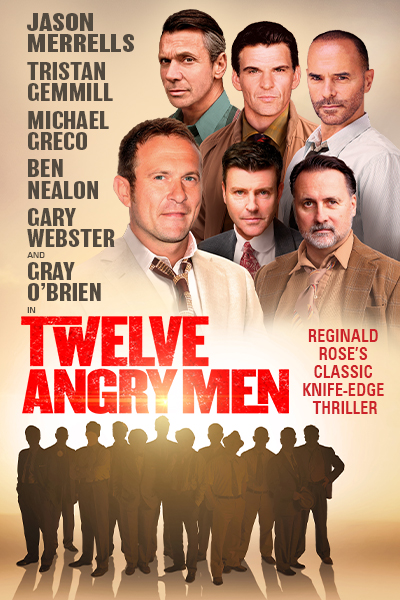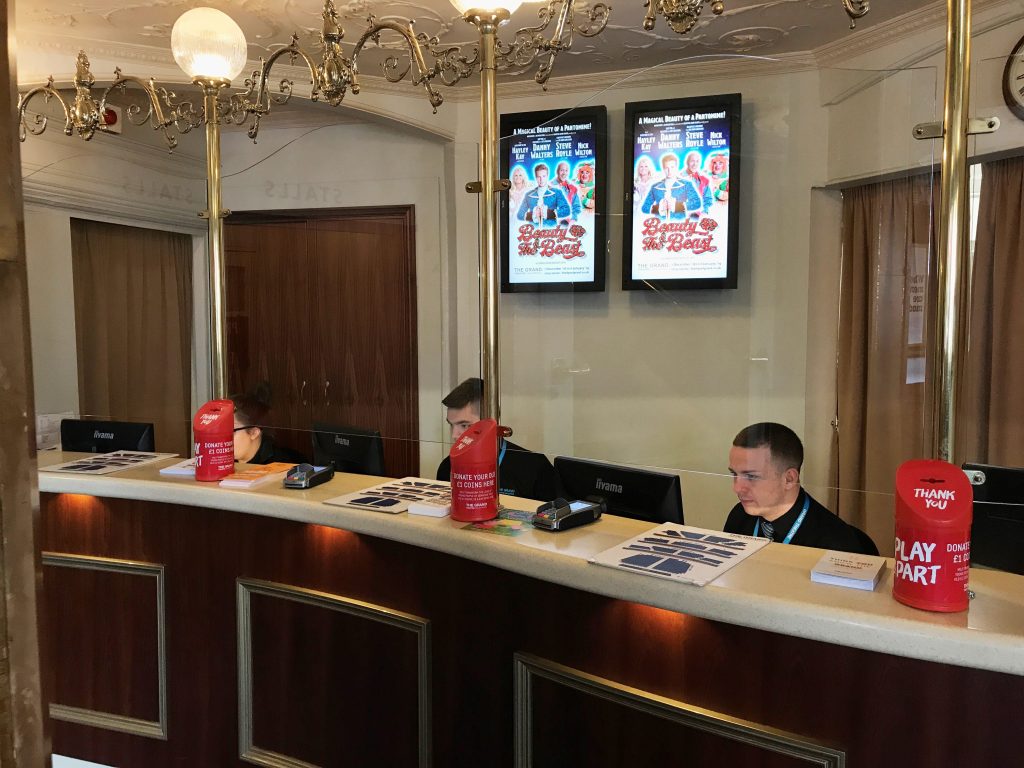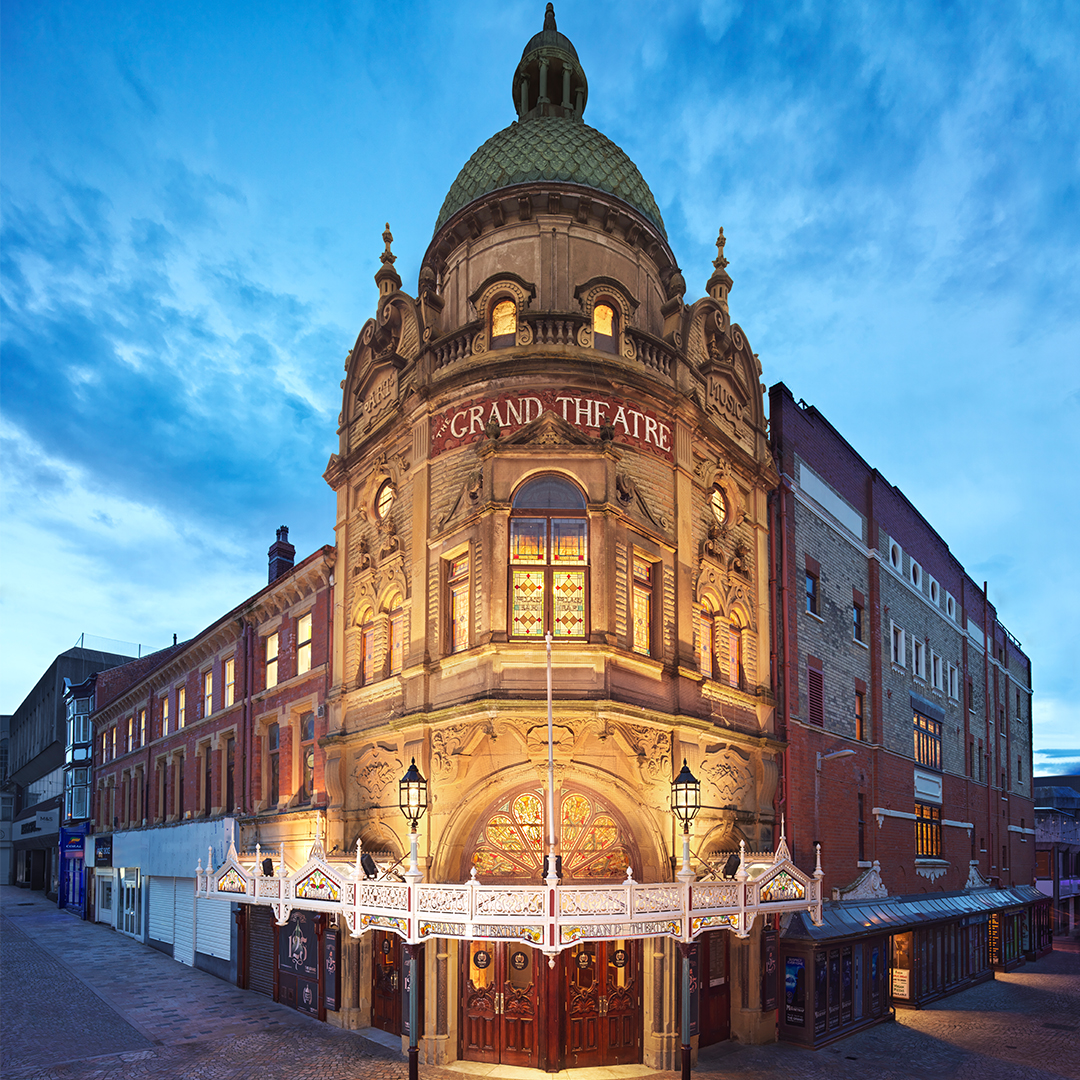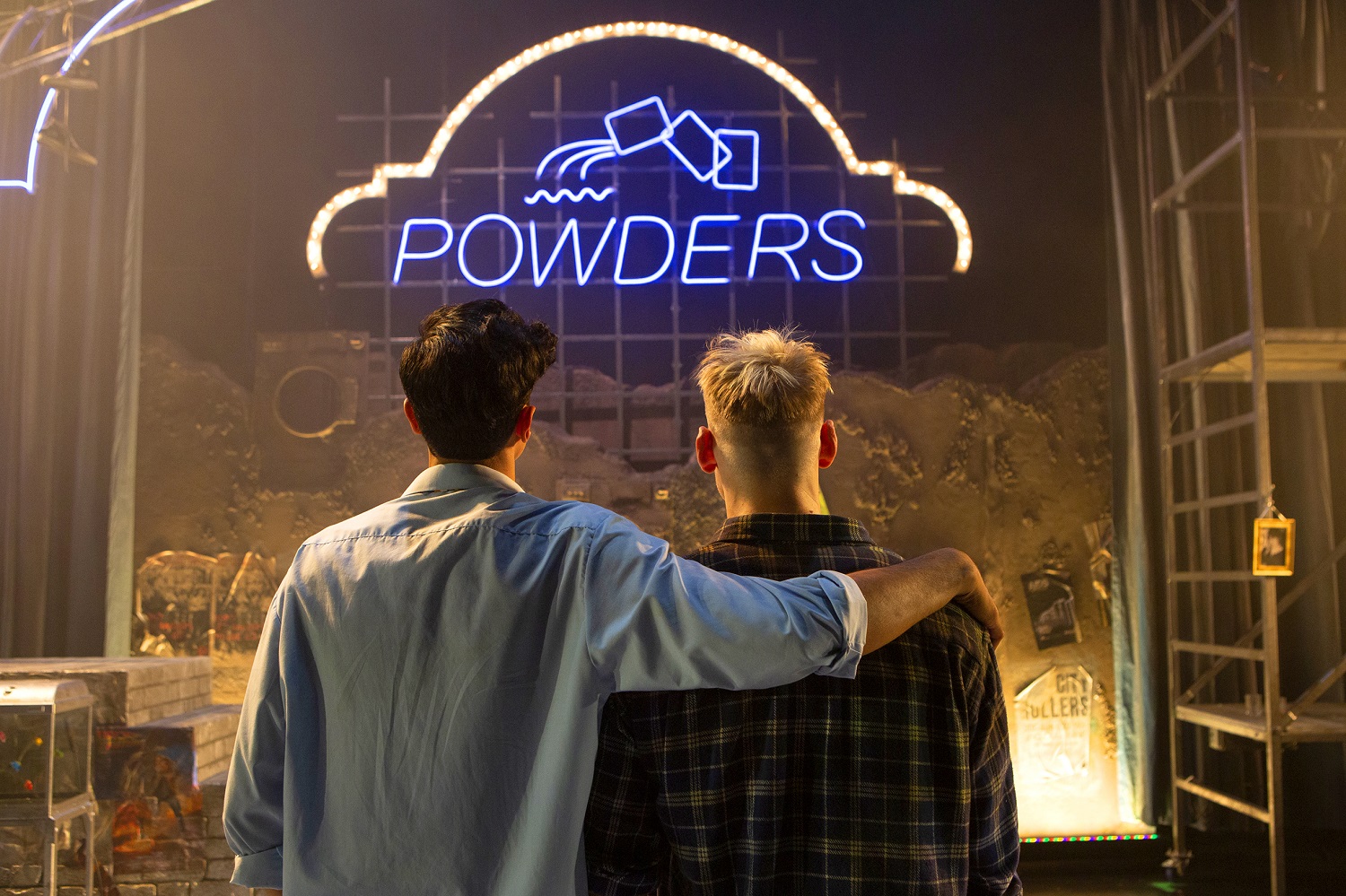
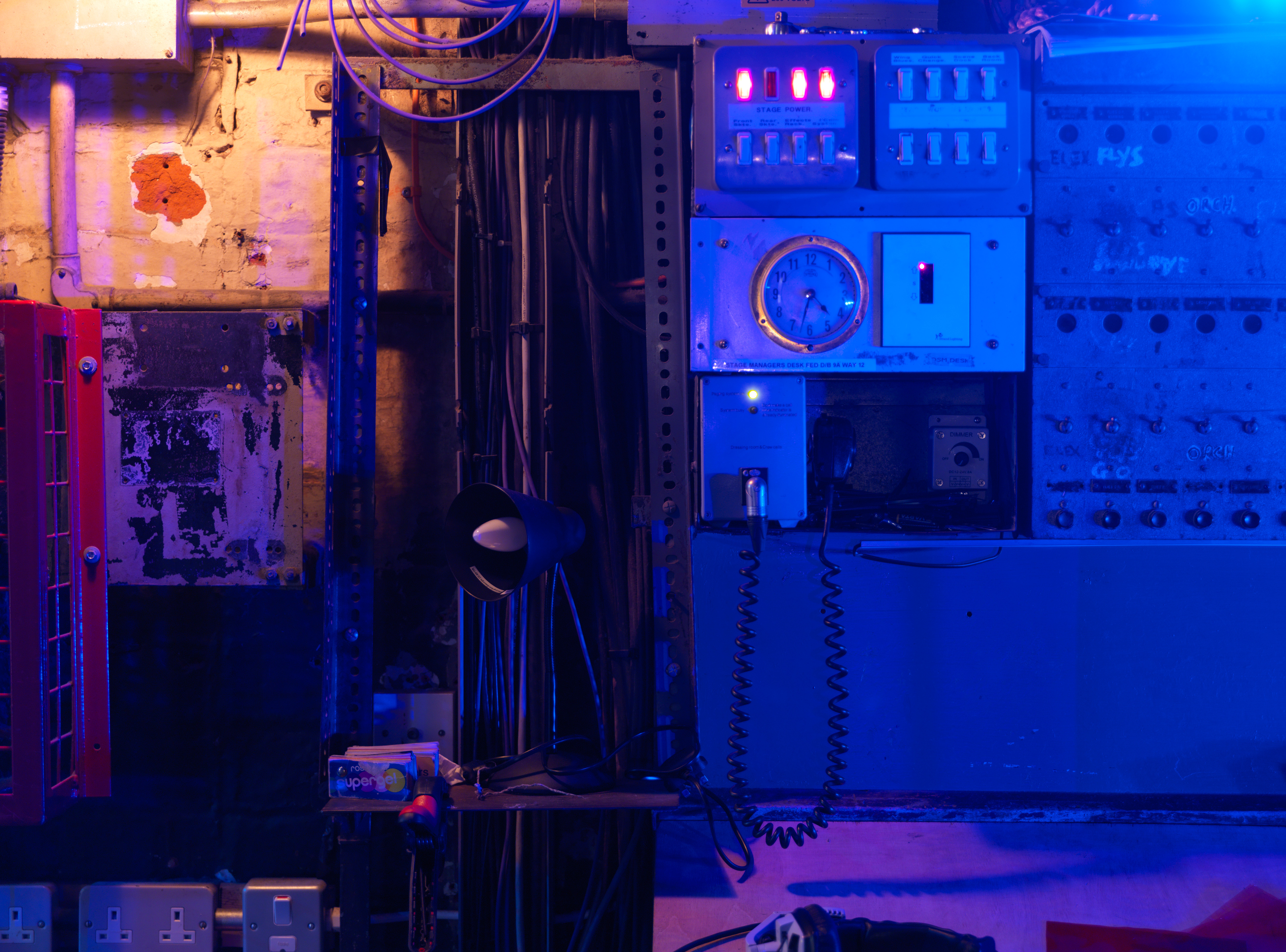
Terms and Definitions of the Theatre
4 min read
Share
Terms and Definitions of the Theatre – The theatre is a lot more than the fantastic art that takes place on the stage; it could be compared to a small magical universe filled with its own intricate traditions and routines. A lot of what keeps the show flawless are the long hours of practice from actors and staff alike, plus the endless preparations of props, lighting, costumes, music; a list that is almost endless.
All these sections of the theatre have their own language and terminology. This post aims to shed light on some of the most used terms and definitions of the theatre, by dividing them into three clusters, granted to take your theatre knowledge to the next level.
Terms and Definitions of the Theatre
The Theatre
Terms and Definitions of the Theatre – The theatre is composed of various sections, from the entrance hall to the Box Office, and the hallways leading to the auditorium. The Auditorium is the area where the audience sits to watch the show and differs in size from theatre to theatre. The Blackpool Grand is divided into four main areas all with their own terminology and definitions; the gallery, two circles and the stalls, divided by aisles for passage.
The Gallery of a theatre is the furthest section of the complex; it is an elevated platform that resembles a balcony, giving the audience a clear view of both the stage and the theatre’s internal architecture. Below this are the upper and dress circles respectively. These are also raised from the ground floor, and like the gallery, give the spectator a raised view of their surroundings, including a heightened view of choreography and footwork, in case you’re up for some analysis. The stalls make the ground floor of the theatre; they bring you the closest to the action, and allow the spectator to relax while watching the show at eye level.
The Stage
Terms and Definitions of the Theatre – The stage may appear like a simple two dimensional space at first glance, but it can be so much more. Definitions and keywords here are plenty and all theatre workers will be familiar with them. The Proscenium is all that is in front of the curtains, the Backstage being its opposite. In the proscenium is the Acting Area: the performance space where the performers do their magic in view of the audience, and even this is divided by various sections! There’s a metaphorical line dividing the stage in half, aptly called the Centre Line, an Apron which defines the area of the stage closest to the audience, and the Wings, on the far most left and right.
With the stage also come stage directions. It is here that some terms and definitions are used during the play’s production and are indispensable to understand. The cue is a command given to start something, this can be for the action on stage but can also relate to sound, lighting and props; cues are important and cannot be missed. The self-explanatory terms of “Get-in” and “Get-out” may be heard less often in everyday theatre, but represent the production moving into and out of the theatre before and after the set off shows begin and end.
The People behind the Show
Terms and Definitions of the Theatre – We all know of the actors, dancers and singers, a powerful group of people whose passion for the performing arts brings us to the theatre in hordes. To make a successful production, however, a lot of people behind the scenes are just as essential. Yes, there are terms and definitions for the people too! The first people a theatre goer often interacts with are the Box Office or Front of House; they are responsible for selling your ticket, answering your questions or creating a smooth and timely start to the show amongst handling hospitality.
There are others which we never see, such as the Scenic Carpenters; they work with the structural elements on and off the stage. Making the performers look incredible is done by Makeup artists and Costume Designers, while Choreographers and Directors aid their movements and actions. The person who ensures the show runs smoothly is called the Stage Manager, and the one keeping it all together, including raising & handling funds, managing and hiring staff, is the Producer.

